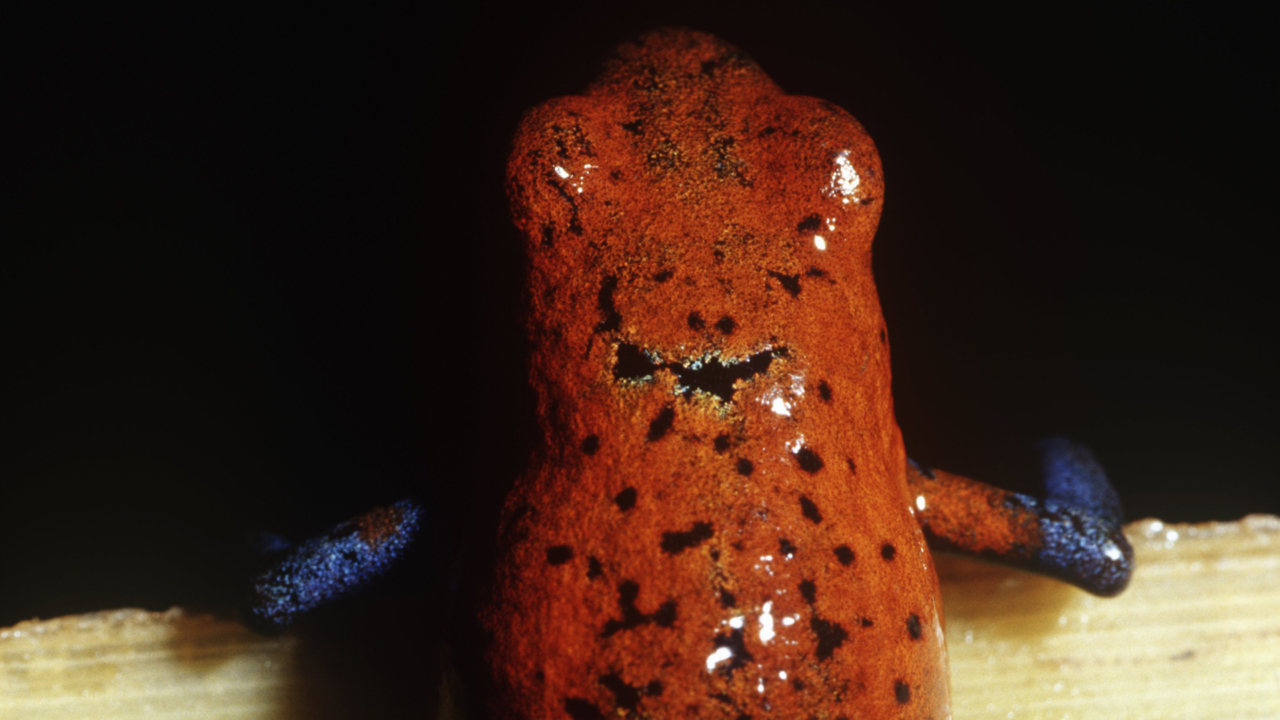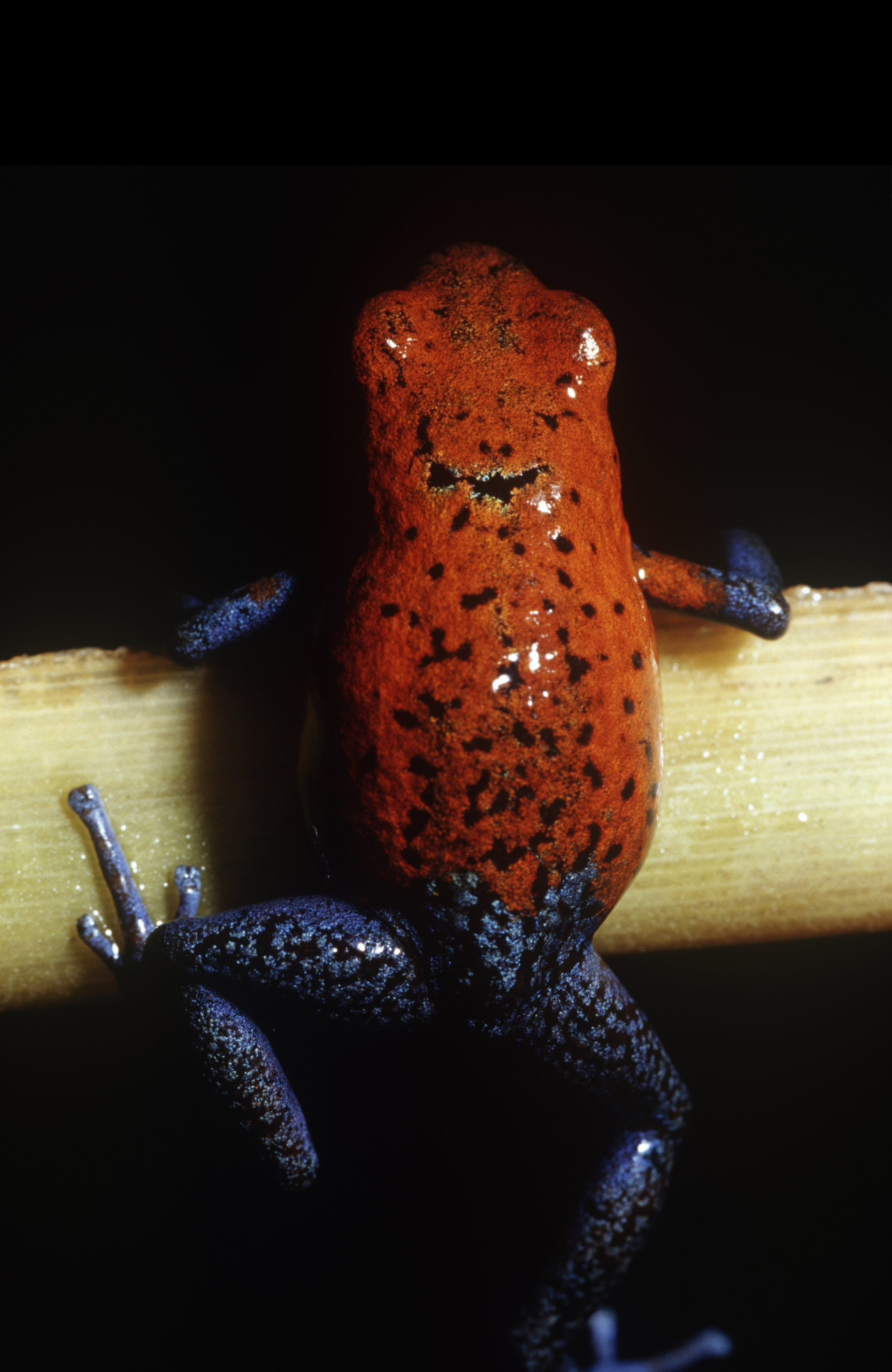

Photograph by Dea / C. Dani I. Jeske / Getty Images
words by Willow defebaugh
“Every relationship is defined by its boundaries. Every human being is defined by its boundaries. What is me, and what is not me? What is inside of me, and what is outside of me?” —Esther Perel
When I reflect on areas for growth in my life, one of the most challenging tools to put into practice has been setting boundaries. In relationships, my orientation is toward pleasing others in the hopes it will earn me their acceptance, create intimacy, or establish peace. But everywhere we look in nature, we can see the benefits of boundaries—adaptations for protection. From scaly armor to warning signs, here are a few lessons in self-defense from the animal kingdom.
Few animals embody boundaries as clearly as those that have evolved shells. Armadillos, for one, have developed a protective carapace of bony bands covered in tough scales. When threatened, some species will dig into burrows, flexing their back plates once inside in order to make themselves impossible to extract by predators. Others roll into a solid ball, or bury their claws into the ground so that their armor touches the earth, forming their own fortresses.
Other animals use more forceful means to defend themselves. Boxer crabs pick up anemones and use their pointy spines to defend themselves against predators. Porcupines have quills that lay dormant until threatened, and contain overlapping scales that make them difficult to pull out once they puncture flesh. Porcupinefish behave similarly undersea, many of which have spikes that don’t become erect until they inflate. There are times for both softness and strength.
Poisonous animals often use what’s known as aposematic coloration to ward off attackers. Poison dart frogs are arrestingly beautiful, dripped in vibrant yellows, blues, reds, and greens, signaling that they aren’t to be trifled with. And for good reason: they are among the most toxic animals on the planet. At only two-inches, a golden poison frog carries enough poison to kill 10 men. What makes them poisonous as opposed to venomous is that their toxicity is not used offensively. Boundaries are not for hurting others, but protecting yourself.
Some boundaries are subtler. Unlike the aposematic kind, other animals use their coloration to blend in with their surroundings via camouflage. Walking stick and walking leaf insects have evolved to take the shape of their namesakes. Flounders take on the color of the sea floor, while octopuses can mimic remarkably complex tones and textures. And then there are zebras, which instead of blending in with the savanna, blend in with each other—shielded by community.
I’m still learning how to set healthy boundaries. What I’ve gathered so far is that they are less about another person’s behavior and about more your own; they’re a container you create and decide what you want to let in so that you can show up in a healthy way. They’re about clear communication so that each party can act with trust, confidence, and understanding. Yes, they’re about protection from harm, but more importantly boundaries are about self-awareness.
Boundaries can open up space, which can give a healthy perspective; sometimes you need to stand back in order to see another person and yourself clearly. As relationships expert Esther Perel says, boundaries might appear to cause disconnection, but really they allow for more meaningful connection over time. They create a means by which you can act with authenticity and integrity, staying grounded in who you are. More than just barriers, boundaries hold us.
Stand Back